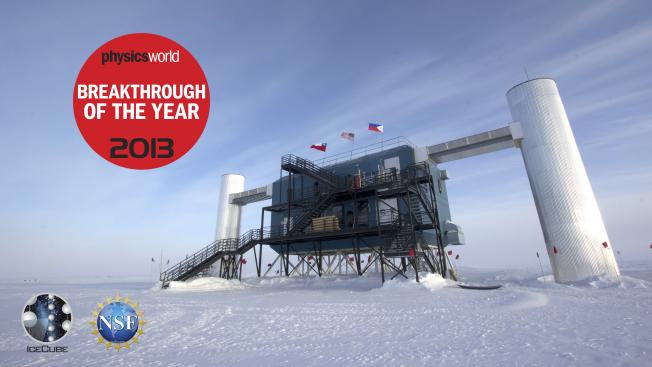First Search for Unstable Sterile Neutrinos with the IceCube Neutrino Observatory
(2022)
Heart of darkness
Inference: International Review of Science 6:4 (2022)
Abstract:
Is the standard model of cosmology wrong? Subir Sarkar argues that the discovery of dark energy, the basis of widely accepted models, was simply an accident waiting to happen. He claims that long-held assumptions are no longer tenable in light of recent data -- data that undermines the inference that the universe is dominated by a cosmological constant.Active Galactic Nuclei population studies with the Cherenkov Telescope Array
Proceedings of Science 395 (2022)
Abstract:
The Cherenkov Telescope Array (CTA) observatory is the next generation of ground-based imaging atmospheric Cherenkov telescopes (IACTs). Building on the strengths of current IACTs, CTA is designed to achieve an order of magnitude improvement in sensitivity, with unprecedented angular and energy resolution. CTA will also increase the energy reach of IACTs, observing photons in the energy range from 20 GeV to beyond 100 TeV. These advances in performance will see CTA heralding in a new era for high-energy astrophysics, with the emphasis shifting from source discovery, to population studies and precision measurements. In this talk we discuss CTA’s ability to conduct source population studies of γ-ray bright active galactic nuclei and how this ability will enhance our understanding on the redshift evolution of this dominant γ-ray source class.Analysis framework for Multi-messenger Astronomy with IceCube
Proceedings of Science 395 (2022)
Abstract:
Combining observational data from multiple instruments for multi-messenger astronomy can be challenging due to the complexity of the instrument response functions and likelihood calculation. We introduce a python-based unbinned-likelihood analysis package called i3mla (IceCube Maximum Likelihood Analysis). i3mla is designed to be compatible with the Multi-Mission Maximum Likelihood (3ML) framework, which enables multi-messenger astronomy analyses by combining the likelihood across different instruments. By making it possible to use IceCube data in the 3ML framework, we aim to facilitate the use of neutrino data in multi-messenger astronomy. In this work we illustrate how to use the i3mla package with 3ML and present preliminary sensitivities using the i3mla package and 3ML through a joint-fit with HAWC Public dataset.CTA sensitivity for probing cosmology and fundamental physics with gamma rays
Proceedings of Science 395 (2022)



